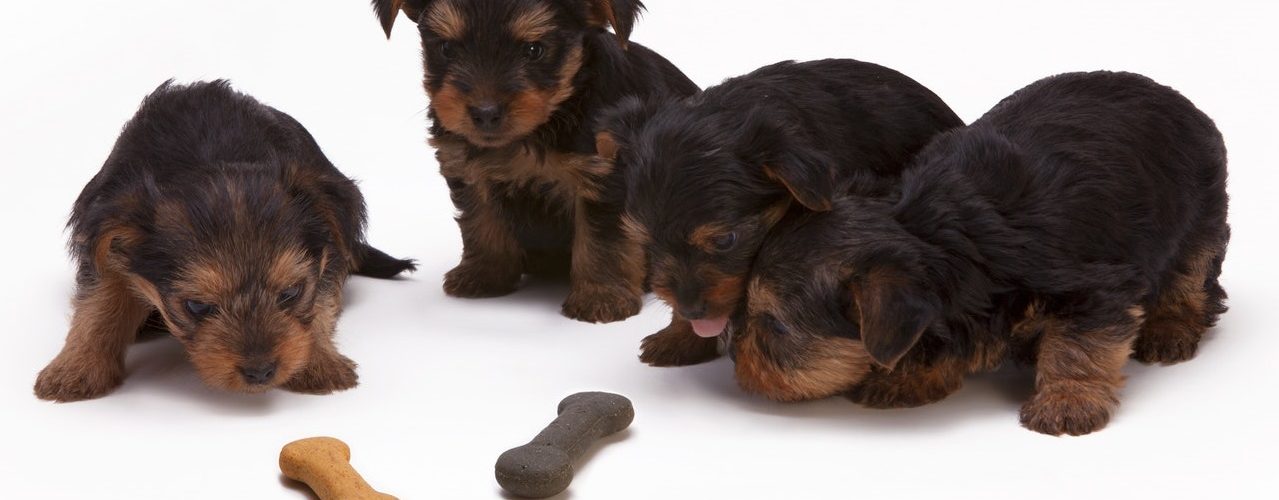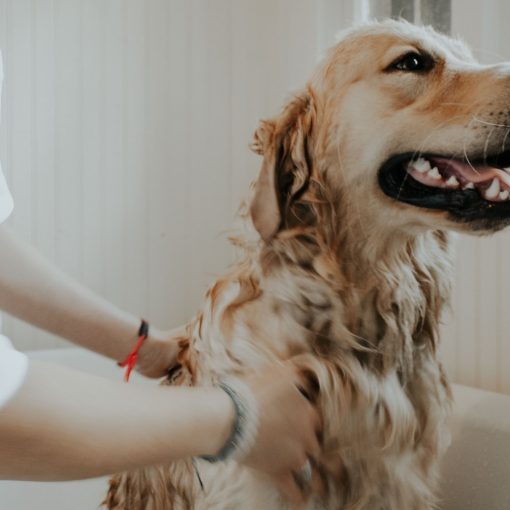Dogs are somehow similar to human beings when it comes to treats. Dogs love treats, especially food treats and often these treats add some unnecessary calories to their bodies. If you asked your Clinical Veterinarian, they would confirm that you may not realize it at first, would confirm that you may not realize it at first, but eventually, the excess calories you give to your dog through treats have some adverse effects to the dog’s health.
To be on the safe side, apply the 10% rule. According to this rule, treats and snacks should only make up 10% of a dog’s daily calories. Your vet can help you determine how much is 10% based on factors such as the dog’s weight, how active the dog is and the treats the dog likes. Treats are a good way to bond with your dog, but it’s advisable to watch what you give them.
When looking for the healthiest dog treats, I would advise you to stay away from the snacks sold at the store. These snacks have a lot of preservatives that could be unhealthy for your dog. They are also high in sugar and fat, which are the highest excess calorie contributors to the dog’s body.
Cabbage
Cabbage is one of the safest treats to give to your dog, and it’s also very beneficial. Cabbage is a cancer-fighting food, good for the skin and also helps in digestion. However, when offered in excess amounts, cabbages cause gas in the dog’s stomach. Cabbages also contain thiocyanate, a natural compound that suppresses the thyroid gland and causes hypothyroidism. However, thiocyanate can be deactivated by lightly cooking the cabbage. Therefore, when offered moderately or lightly cooked, cabbages are a perfect healthy treat for your dog.
Brown Rice
Brown rice is perfect for dogs; actually, it’s used in the recipe for commercial dog foods for all the right reasons. Brown rice is nutritious for the dogs; it’s easily digestible and has B vitamins and beneficial minerals. However, being a carbohydrate, it has a lot of calories and should be served to observe the 10% rule.
Both brown rice and white rice can be used as treats for dogs. However, brown rice is more fibrous and retains natural oils, but it’s highly perishable compared to white rice. Besides being a healthy treat, brown rice can also be offered to a dog with an upset stomach, and it also helps to ease diarrhea.
Brown rice should be served when cooked. By cooking, I mean cooking the rice in water or steaming. Cooking with spices and salt or ghee can cause stomach upsets and an increase in calories.
Pumpkin
Pumpkin is very nutritious, having elements such as zinc, iron, potassium, vitamin A, fiber, carotenoids, and alpha-carotene. Due to its high fiber content, pumpkin is very filling, making the dog feel full. This helps the dog lose weight considering that pumpkins also have low-fat levels. Pumpkin is also known to bulk up stool thus helping the dog deal with constipation and diarrhea thanks to its high water content and fiber content.
Apples
Apples are another fantastic go-to when looking for healthy dog treats. They have nutrients such as vitamin A and C, and fiber. Slices of apple can also help to remove food residuals from the dog’s teeth and help keep the dog’s breath fresh. Apples make a great treat for dogs on a low-calorie diet.
When feeding apples to your dogs make sure, you remove the seeds since they can cause choking. Also, apples shouldn’t be fed to dogs suffering from diabetes. Consult your vet before serving apples and other treats to know the effects they could have on the dog.
Carrots
When I first heard that dogs could eat carrots, I was like, “Seriously, I thought carrots were for bunnies.” Carrots are a good treat for dogs, and they are also highly beneficial, too. Carrots are rich in vitamin A which is responsible for strengthening the dog’s immune system, softening the coat and nourishing its skin.
Carrots also have a lot of fiber that helps the dog’s digestive system. Carrots are also of low fat and calories, and they also help in improving the dog’s dental health and eyesight. Dogs consider carrots as a treat because they are crunchy and very sweet.
Cheese
Cheese is also a great treat for a dog, especially during training. Cheese contains calcium, proteins, B-complex vitamins, and essential fatty acids. Cheese can also be used to give pills to dogs on medication. You can hide it in the cheese. However, cheese has a lot of fat, which could cause weight gain, obesity, and diseases such as pancreatitis. Cheese should be served with moderation.
Other healthy treats include dried apricots, cauliflower, quinoa, red pepper, and frozen sardines among others. The reason I consider these foods as treats is that they can only be offered in small amounts, occasionally. Without moderation, even the healthiest treats can turn out to be a nightmare for you and your dog.
Final Line
Treats are a perfect way to keep your dog motivated. However, they should be offered moderately to minimize the possible risks that can result if they are fed carelessly. The treats I’ve mentioned above are mainly ingredients that can be combined with other types of foods to come up with the best treats for your dog. Make sure you look for recipes that could help you make the treat more appealing and satisfying to the dog.





